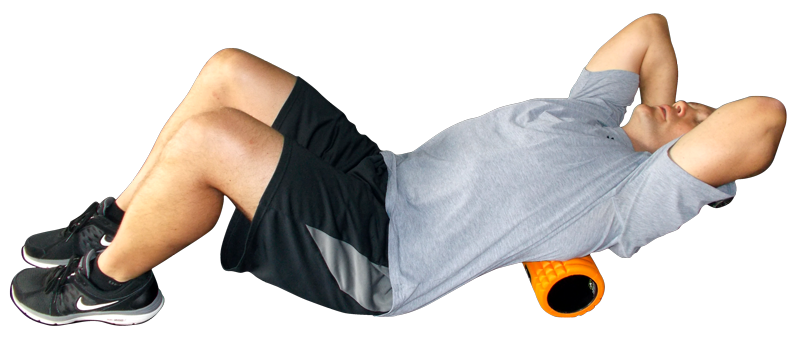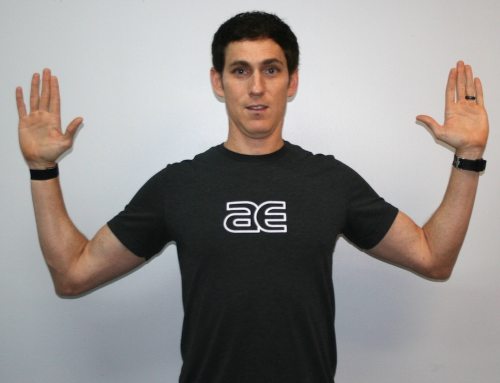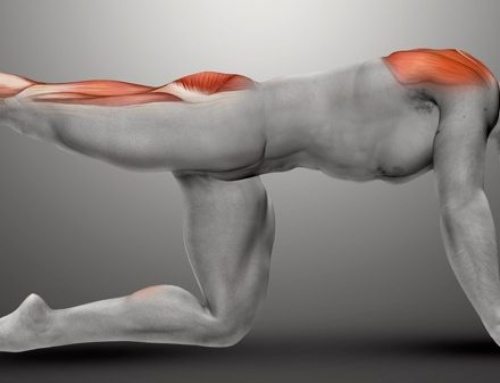
By Brian Schiff
Do you ever struggle with fatigue at the end of a tough run or long bike ride? It’s no secret that poor posture can negatively impact performance on the road or in the saddle. As fatigue sets in, our bodies tend to naturally give in to gravity, thereby degrading form and adding unwanted extra time to your efforts.
Postural deficits always become more pronounced in the presence of fatigue since the brain directs the body to choose the path of least resistance when fighting gravity. This submission often leads to leaning too far forward (excessive trunk lean) and/or collapsing inward (rounded lumbar and thoracic spine), effectively reducing breathing capacity, muscular power, and stamina.
These performance issues are compounded by the daily postures we assume with texting, driving, sitting, and computing. It takes hard work and attention to detail to sit or stand upright while performing tasks with our hands in front of us. Poor mobility, tight muscles, and weakness all contribute to dysfunctional posture. Over time, the brain programs us to function in “relaxed mode” where minimal effort has to be expended to perform a given task. The brain sees this as efficient. In reality, the muscles go on vacation.
Unfortunately, this new pattern does not lend itself to maximal performance. Poor posture essentially shuts down the core and ability to harness optimal muscle recruitment from the major muscle groups. Learning to maintain a proper spine angle and combat gravity takes hard work and exercise. The following postural deficiencies are common in runners and cyclists:
- Rounded shoulders
- Tightness in the chest muscles
- Kyphosis in the thoracic and/or lumbar spine
- Stretched and weak back extensor muscles
- Weak mid/upper back muscles
There is another significant side effect to poor posture: faulty breathing. Poor posture lends itself to “apical” breathing rather than true diaphragmatic breathing. This is a tense pattern of breathing in which the diaphragm muscle is used less, while the neck and shoulder muscles (upper traps especially) are utilized much more for respiration. Full expansion of the rib cage is restricted by a forward/collapsed posture, and oxygen uptake is diminished. Keep this in mind as you power up a hill or sprint toward the finish line.
The following exercises are effective for improving flexibility, increasing thoracic spine mobility, and facilitating ideal posture and alignment:
- Doorway chest stretches. Position the arms in a “V” position to stretch the sternal portion of the pecs and then move to a “field goal” position to elongate the clavicular portion. Lean forward and hold the stretch for 20-30 seconds in each position and repeat twice.
- Thoracic spine extension on a foam roller. Position the foam roller at or near the bottom of the shoulder blades (T7 level). Place the hands behind the head and slowly extend the neck and head backward. Pause for 1-2 seconds and repeat five times. You may move the foam roller down further slowly to work at the lower thoracic segments, as most extension occurs in this region.
- Shoulder blade pinch/chin tuck combo. Standing with the arms at the side, rotate the palms forward while pinching the shoulder blades together and tucking the chin straight back. Pause 1-2 seconds and repeat 10 times.
- Cable column face pulls. Holding a rope or cable straps with elbows fully extended, slowly pull the rope back in a high row toward the face as you pull the shoulder blades down and back toward one another. Pause and then slowly return to the start position. Perform 1-2 sets of 10-15 repetitions. This motion will encourage external rotation and strengthen the upper/mid back and rotator cuff.
# # #
Brian Schiff, PT,CSCS is a sports physical therapist and supervisor at the Athletic Performance Center in Raleigh. The APC in Raleigh and Cary currently offer a RunSmart Assessment available in group and individual formats. For more information, visit www.apcraleigh.com or www.apccary.com.





